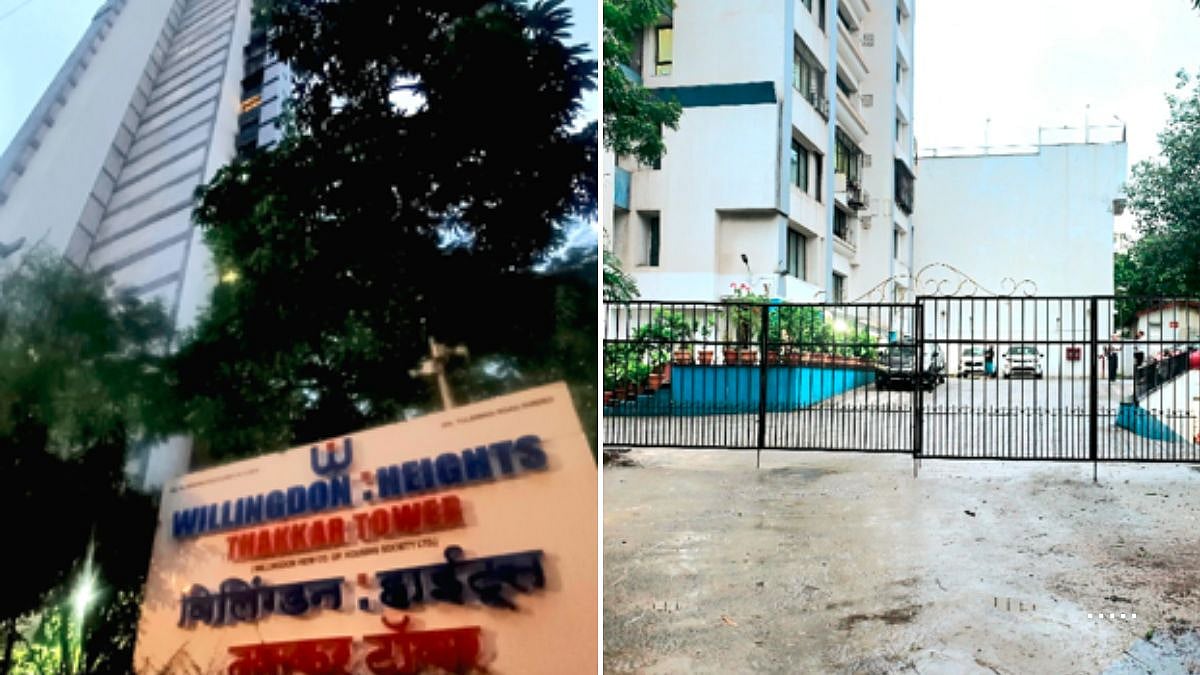There was pre-monsoon rain, and parts of Mumbai flooded. The monsoon arrived earlier than its usual landing of early-to-mid June, and the city flooded all over again. The monsoon’s march means there will be more flooding before we can forget about it till next year. Every time it rains heavily for more than an hour or so, Mumbaikars brace for flooding and all the disruptions and pain that it brings. This state of affairs will, sadly, continue.
Typically, there follow debates about monsoon preparedness or the lack of it, allegations by the opposition parties of shoddy work done, a few expert takes on what measures should have been taken, stories about how the Mithi River work is shockingly slow and marked by corruption 20 years after it contributed to the July 2005 floods, and the authorities show pictures of sewage cleaning and stormwater drain desilting and so on. This too will continue.
To be clear-eyed about this, Mumbai will flood more, not less, in the coming decades. This is because its plans enable flooding, because waterlogging was intentionally or otherwise built into the plans, and because flood-proof measures are limited to largely avoid waterlogging and do not address flooding comprehensively. I would be happy to be proved wrong, of course, but the decisions and approaches do not inspire confidence in the city’s authorities.
First, a few words about monsoon preparedness. In a nutshell, this is like putting icing on a cake that does not hold its own. The cake, or the base, is the land use plan or the development plan. The exhibitionism about preparing Mumbai for the monsoon is an annual ritual, a tick-the-box thing, that happens with unfailing regularity every year.
The Brihanmumbai Municipal Commissioner issues directives to desilt stormwater drains and clear the accumulated garbage, he inspects a few points, and the disaster management protocol is tested. And then they, and we all, wait with our fingers crossed.
This is not monsoon preparedness; this is merely the prevention of waterlogging. It is a critical difference. The purpose here is to ensure that rainwater drains out quickly, at least in a few key areas and from chronic spots.
But waterlogging is a part of the natural process—when it rains hard, all water does not drain away instantly; some moves out slowly over hours if it does not percolate into the ground. What the BMC calls monsoon preparedness is merely the prevention of waterlogging. It is important, but, in itself, it cannot make Mumbai monsoon-ready or flood-proof.
Second, the channels for the water to drain out are critical, but so is the ground. If all of it is concretised, then all the rainwater has to find a way to run off. If most of it is earth and soil, water seeps in, and less of it has to find its way out. So, the amount of construction and the nature of what’s built have a direct impact on the amount of rainwater drained out, irrespective of the size and cleanliness of the stormwater drains.
If every inch of a plot in every neighbourhood is built upon and concretised, allowed by plans and policies, where is the space for the rainwater to seep in? All of it must go into the drains, which overwhelms the drainage system because no stormwater drain can handle intense rainfall.
This means flood-proofing Mumbai is directly linked to, and is an outcome of, its development plans and policies—how much is allowed to be built, where it is allowed, and what is the ecological cost of that. Like, how many mangroves are slated to be cut for the extension of the coastal road into the suburbs? At least 9,000 at this time and a total of 60,000 trees hacked off at some point. Will this not increase flooding?
Third, Mumbai will continue to flood because its natural drainage systems and water bodies are not an intrinsic part of any comprehensive planning for the city. The plans are about land and often show rivers or streams as ‘nallahs’ or drains.
They are not about the water that occupies them, the path of the water flow to the sea, the direction and speed of that flow at different times and so on. Mumbai does not have a waterscape plan that acknowledges and respects its natural water network of wells, streams, lakes, rivers, mangroves and wetlands. For an estuary city, this is unpardonable.
If we do not respect water or the path of the water, if we block it at will, like bending the Mithi for the airport all those decades ago or playing with the intertidal areas for the coastal road now, the water will find its way to hurt us. It’s a simple equation—if the city’s planners and bureaucrats can be honest about it. The Mithi River, for example, has its floodplains which have seen more construction, not less, since 2005.
Fourth, it is now accepted that one flood plan or climate disaster plan for a city is not good enough because different areas reflect climate events differently. The island city and the suburbs have had differing flood levels already in this monsoon, just as daytime and night-time temperatures vary widely in summer or air pollution levels differ.
The need of the hour is localised neighbourhood plans with the participation of local people. The simple act of citizens’ participation increased the number of flooding hotspots from 68 in 2021 to more than 120 the following year. Unfortunately, there are no signs of nuanced, localised plans for climate events.
It will take a lot more imagination and action than what’s seen now to allow Mumbai to return to the romance of the rain.
Smruti Koppikar, an award-winning senior journalist and urban chronicler, writes extensively on cities, development, gender, and the media. She is the Founder Editor of the award-winning online journal ‘Question of Cities’ and can be reached at smruti@questionofcities.org.











